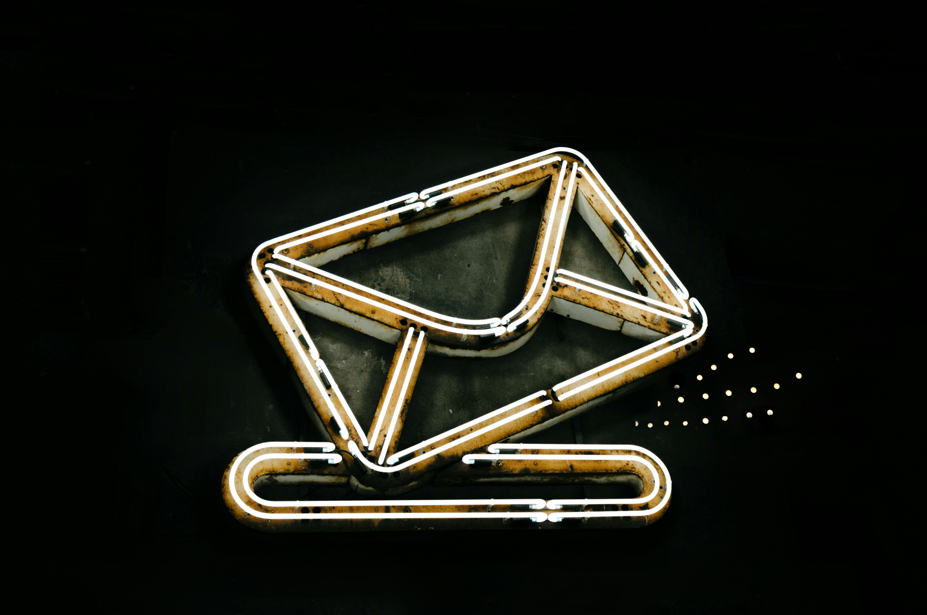Automating Email Marketing - Workflows to Save Time and Boost Conversions
Email marketing workflows allow you to send bite-sized pieces of information at just
the right time. This allows you to nurture your leads and customers through the
customer journey, increasing engagement, boosting conversions and ultimately
leading to greater brand loyalty.
Automating email workflows is a powerful way to streamline the management of
your marketing programs, enabling you to manage multiple email campaigns at
once and increasing the amount of work you can do with the same resources. But
there’s a lot more to automation than just scheduling and sending emails at the
same time, and many marketers fail to maximize its benefits.
Workflows allow you to deliver personalized content at scale based on subscriber
behavior and demographics. You can also use it to follow up on dormant subscribers
and re-engage them with your business.
The best email marketing software can help you plan your automated workflows,
schedule them and then execute them without any manual effort. It can also help
you track key metrics such as open and click rates, subscriptions and unsubscribes,
and other conversions and sales data.
An email marketing workflow is a series of automated messages that you trigger to
send based on specific user actions and preferences, replacing manual one-off
emails in the process. Ecommerce businesses and companies with a large number of
new leads to onboard, existing customers to retain or nurture through the customer
journey often use email marketing workflows to automate the process of managing
contact lists, nurturing leads through each stage of the sales funnel, and driving
conversions.
The type of email marketing automation you select will depend on your objectives
for each particular segmented group of leads. For example, welcome series email
automation (emails 1 to 5) is usually used to get in touch with new subscribers,
introduce your brand, products or services, and create a positive first impression.
This email flow typically includes several emails featuring a mix of behind-the-
scenes content, social proof and reviews, and targeted discounts to encourage the
first purchase.
Another popular email automation is a product abandonment email sequence
(emails 6 to 8) that is activated when a subscriber adds products to their cart but
fails to complete the transaction. This is an effective email automation for
ecommerce to recapture lost sales by reminding the subscriber of the products they
have added to their cart and offering a incentive to convert.
The final example of an effective email automation is a re-engagement email
(emails 9 to 11) that is sent when a subscriber hasn’t interacted with your brand for
a certain period of time (emails 12 to 13).
This re-engagement email sequence
allows you to reach out with personalized content that can entice the subscriber to
engage with your brand again, such as special offers or other incentives to
reactivate their account. Using an email automation tool with built-in re-engagement
email sequences is an effective way to save time and boost your email marketing
ROI.

Free Training video
how to Transform Your Sales with Our Proven 7-Day Email Follow-Up Campaign.
My Recent Posts
All-in-One Sales Automation Platform
Check out my recent post on all-in-one sales and marketing tools and what I think of it.
Sales Funnels
Check out my recent post on sales funnels and what I think about them. Are they still worth it?

About Colin Belliveau – Digital Marketer & Family Advocate
"After over 30 years of working in construction, I found myself at a crossroads—spending countless hours working hard but never feeling like I was getting ahead. With the looming pressure of retirement and the desire to spend more time with my family, I decided to take the leap into digital marketing. It was a journey that not only changed my life, but also gave me the freedom to help others achieve their own success. My mission is simple: to help people simplify their operations, save time, and grow their businesses—so they can focus on what matters most."
Colin Belliveau
©Copyright 2025 Inbox Innovate
PO Box 38102
Edmonton Alberta Canada T6A 3Y6
